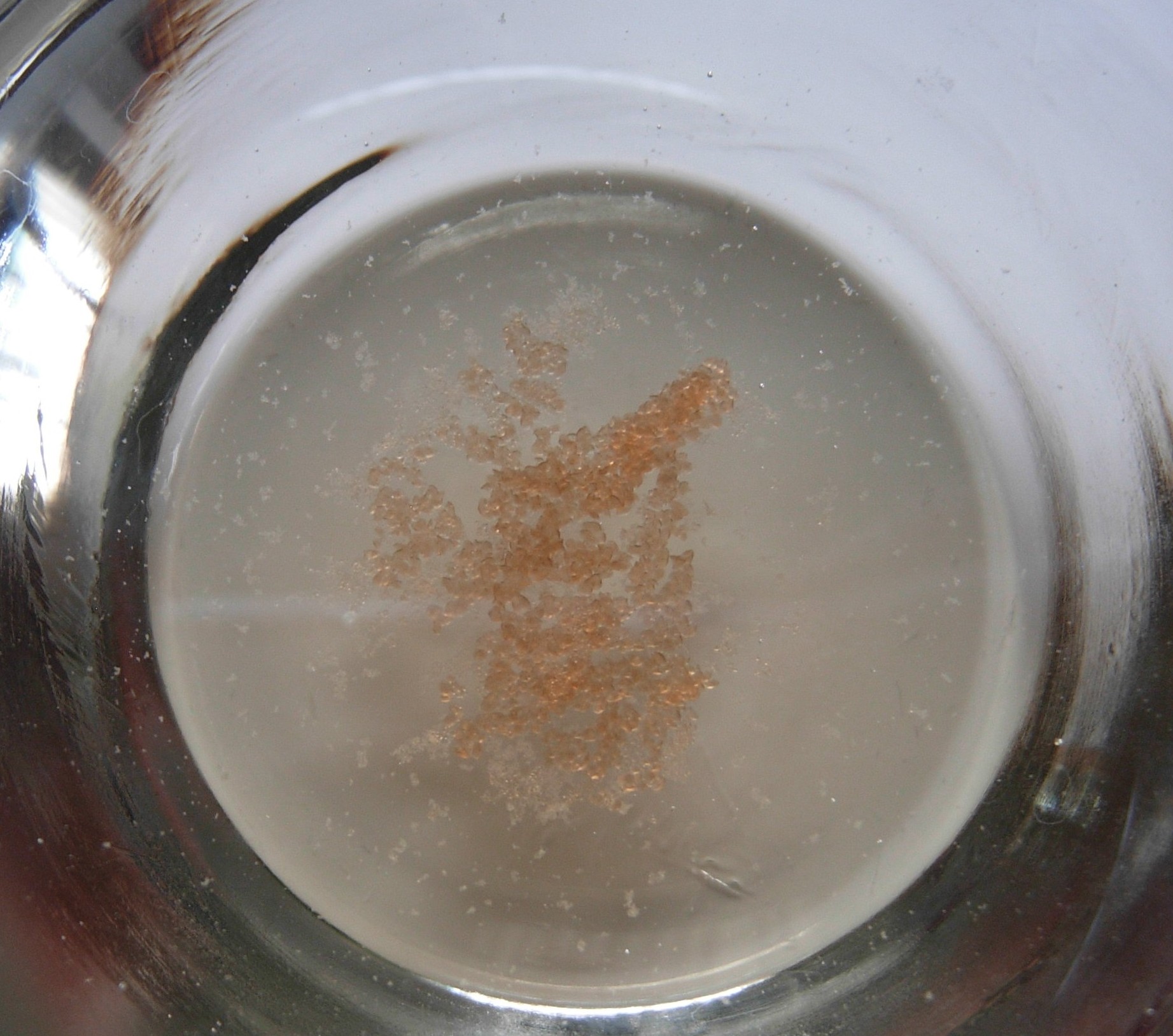You know the deal, the more some folks learn about a topic, the more shortcuts/slang/acronyms/initials/technical jargon can be tossed around. I’m here to help you understand those sometimes mysterious words and phrases, thus – Wine Words Demystified!
This week’s phrase is Wine Diamonds..
According to Karen MacNeil‘s The Wine Bible:
Tasteless, odorless, harmless salts of tartaric acid that can precipitate out of a wine that has not been COLD STABILIZED. Tartrates look like small white snowflakes.

Tartrate crystals are also known as “wine diamonds.” The crystals are formed by the union of naturally occurring tartaric acid (yup..the same stuff that is in cream of tartar used for cooking) and potassium. The reason you rarely see wine diamonds is that most wineries put their white wines through a process called “cold stabilization”, where the wine is chilled for a couple of weeks at temperatures close to freezing. This causes the crystals to separate from the wine and stick to the sides of the holding vessel. Then the wine is filtered and the wine diamonds are removed. Wine diamonds are naturally occurring and are not considered to be a flaw.
Wine diamonds are completely a cosmetic thing, and don’t affect the flavor, or quality of the wine, although they can certainly affect the perception of the quality of the wine. Which is why they are filtered out, so the wineries don’t have to explain it to consumers who can find them disconcerting. I’ve seen them in the bottom on bottles of white wine (You can’t see them in red wine), but sometimes they are found on the underside of corks. I once purchased a case of Chardonnay that had wine diamonds at $3/bottle (normally $19). The wine was just fine!
6 Comments
Comments are closed.